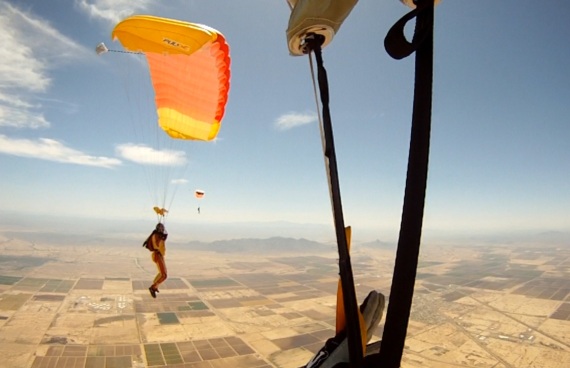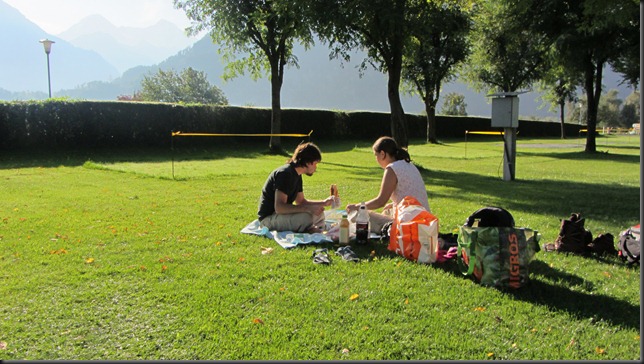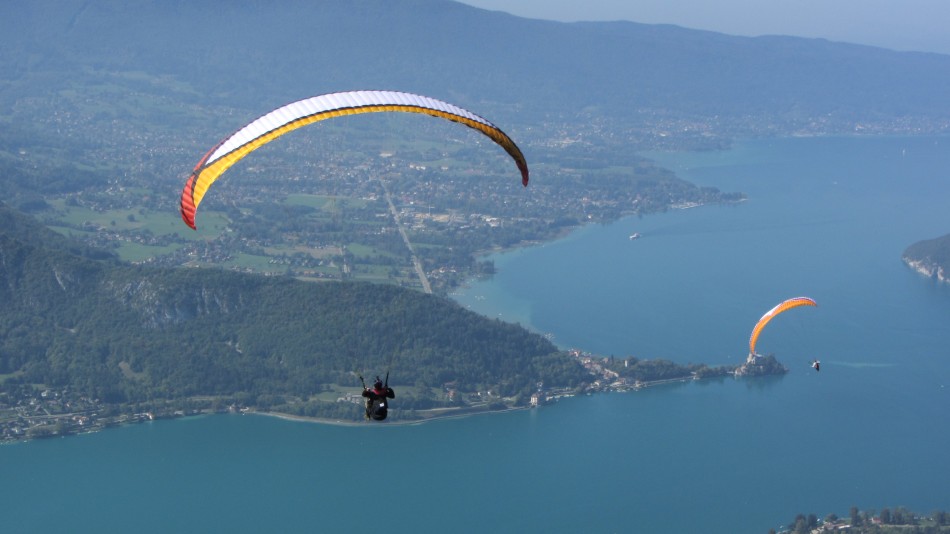I recently rediscovered a bike path near my house that runs along Crosscut Canal, part of a network of 131 miles of canals and 924 miles of ditches that crisscross the Phoenix valley. The canals route irrigation water from the Salt River whose source is 200 miles northeast in the Arizona White Mountains. Hohokam Indians originally created canals as part of an elaborate system when they inhabited the area for about about twelve hundred years from 300 to 1500 A.D. Although they left the area 500 years ago, the early pioneers used some of the same pathways to bring water back to the Phoenix valley. After drought and management problems, eventually the federal government purchased the private canals in the Phoenix area and constructed the Roosevelt Dam and associated Roosevelt Lake Reservoir. Over the years three additional major reservoirs were created: Apache Lake, Saguaro Lake, and Canyon Lake, all nestled in the rugged Salt River Canyon east of Phoenix.
All of this was unknown to me, as I, years later, pulled out my dusty rollerblades and took them for a spin on the Crosscut Canal bike path. It had been a few years since I last donned my skates. And so after work, with temperatures ranging from 100 to 115, I started skating a couple times a week as an alternative to running or hiking. I wait until sunset so that the sun isn’t baking me along the way. It’s hot, but bearable. The four mile canal runs south from Scottsdale and quickly escapes the urban vibe and hustle and bustle of the grid that defines Phoenix as it passes through more natural desert surroundings and the small but striking red sandstone Papago Mountains.
Near dusk one evening, after entering the more natural part of the trail, I notice tiny squirmy things darting horizontally across the path. At first I thought my eyes were playing tricks in the low light, but when I slowed, I could see they were tiny baby geckos quickly running into the bushes along the path. In this one stretch there must have been hundreds of baby geckos, so I did my best to slow down and make sound so they would evade my rolling wheels. Further along I encountered several huge, colorful, lizards were also enjoying the residual warmth of the path. Not as quick, they also boogied into the shrubs as I approached.
Another canal visitor, the cliff swallow, swarms over the canal in the hundreds, darting to-and-fro in search of insects. They agilely fly behind and in front of me, unaffected by my presence.
Approaching my turn-around point, I see a large jackrabbit with huge ears bounding through the desert. No sooner did I pass the hare then I look up and see what looked like an owl sitting casually on a telephone line overlooking a golf course. It was so still in the low light, I couldn’t tell if it was real. It had magnificent “horns” on its head, meaning it was a Great Horned Owl. Finally it rotated its horned head. I was thrilled.
Taking in twilight over the expansive Phoenix valley, I headed back. A mama duck and her ducklings were happily paddling up the canal. Finally, one last critter made an appearance: a black, red, and white snake slowly crossing the bike path. In an “S” configuration, his progress across the concrete was slow, but once he got to the rough desert floor, his body could take advantage of a little pebble sticking in the ground to push off and accelerate straight into the chaparral.


































